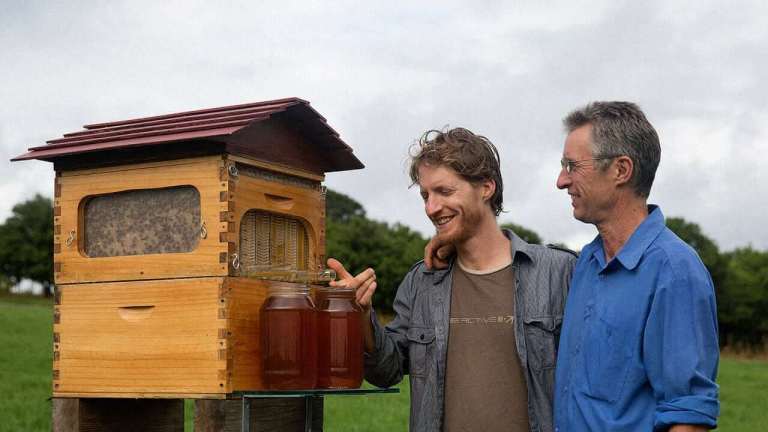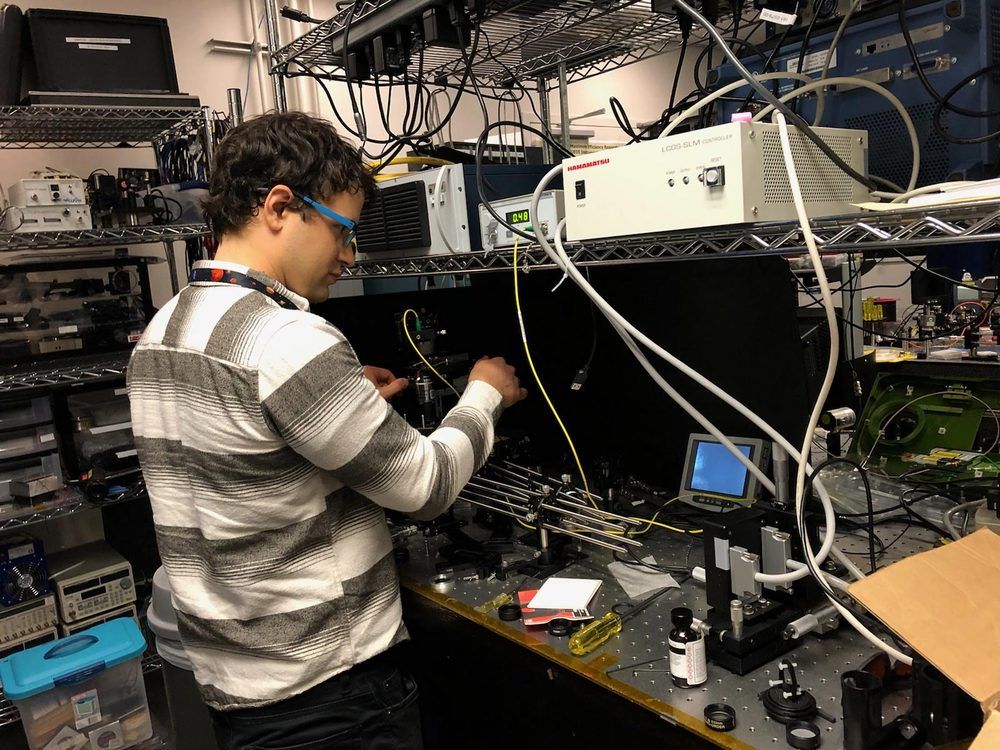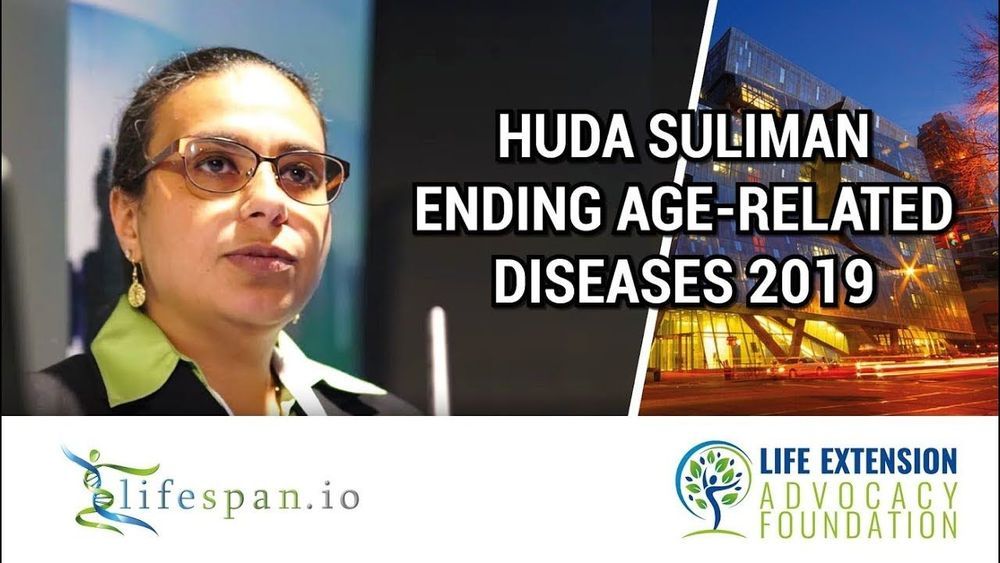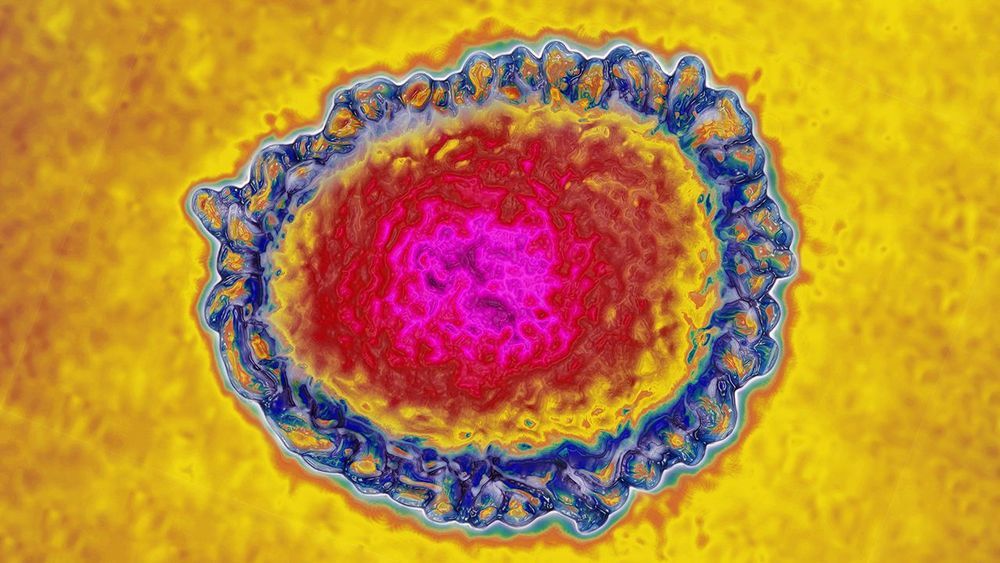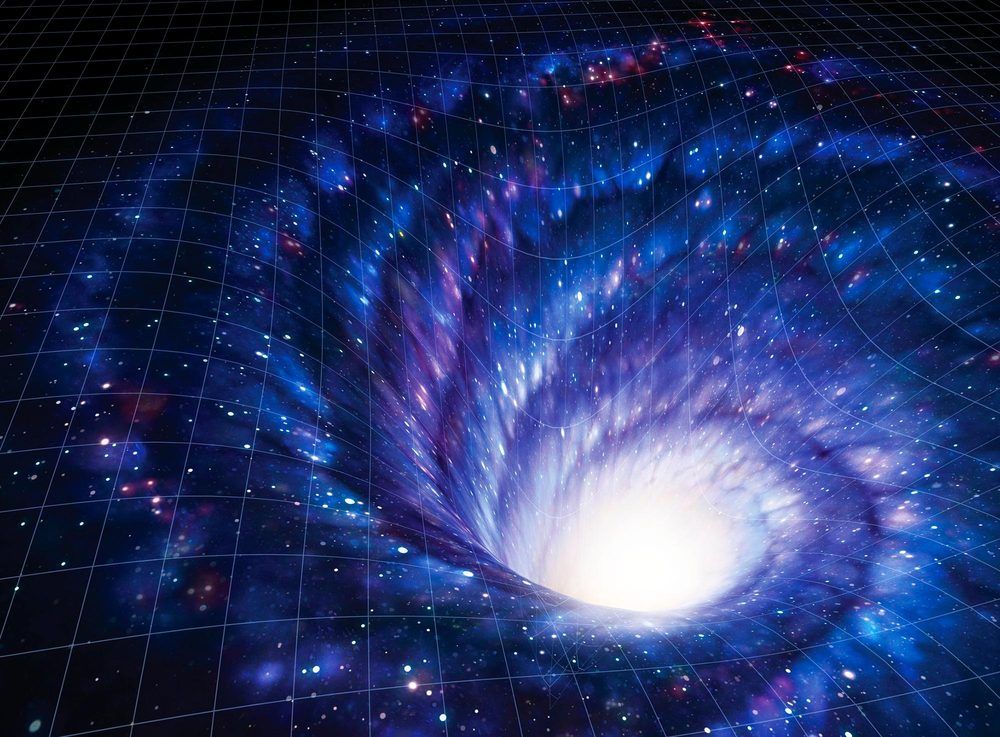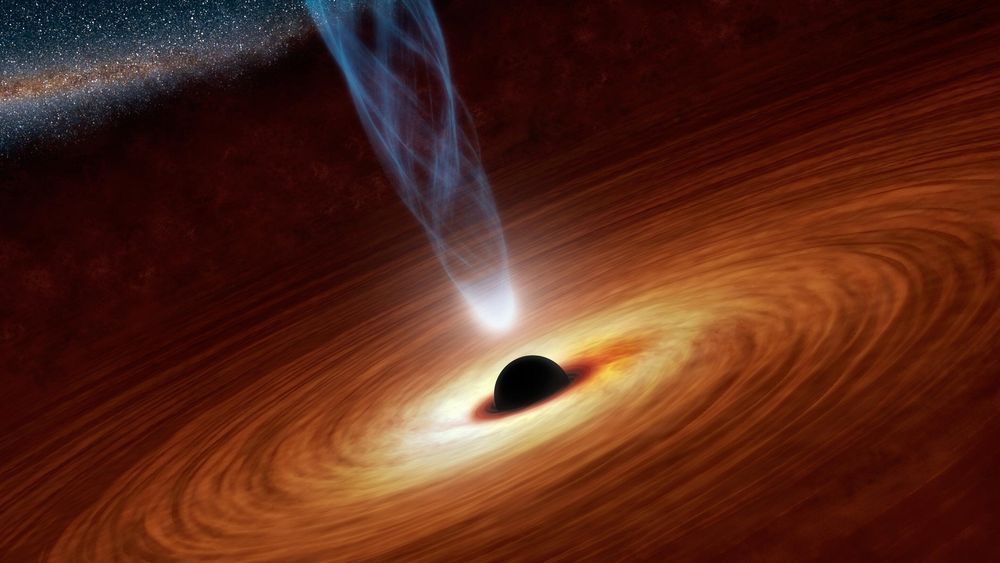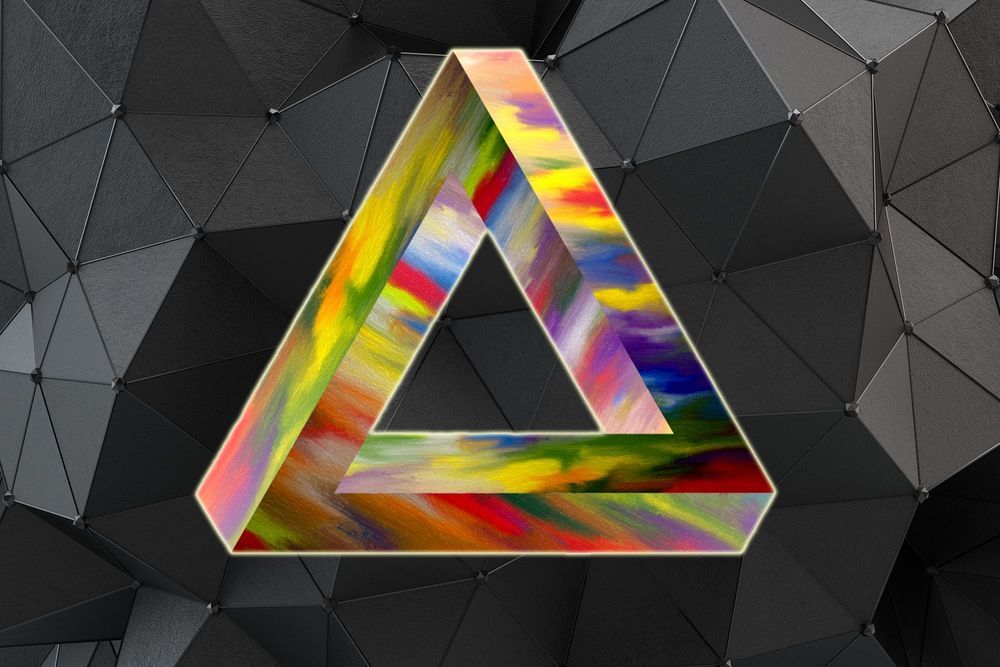Oct 24, 2019
Father and Son Build 50,000 New Beehive Colonies Around the World
Posted by Omuterema Akhahenda in categories: habitats, innovation
These two men have increased the global honeybee population by 10 percent with their invention – a hive that lets humans harvest honey without harming bees.
The “Flow Hive” is a man made bee house, that bees can’t tell apart from their own hives, that allows honey to flow out of it without harming bees.
